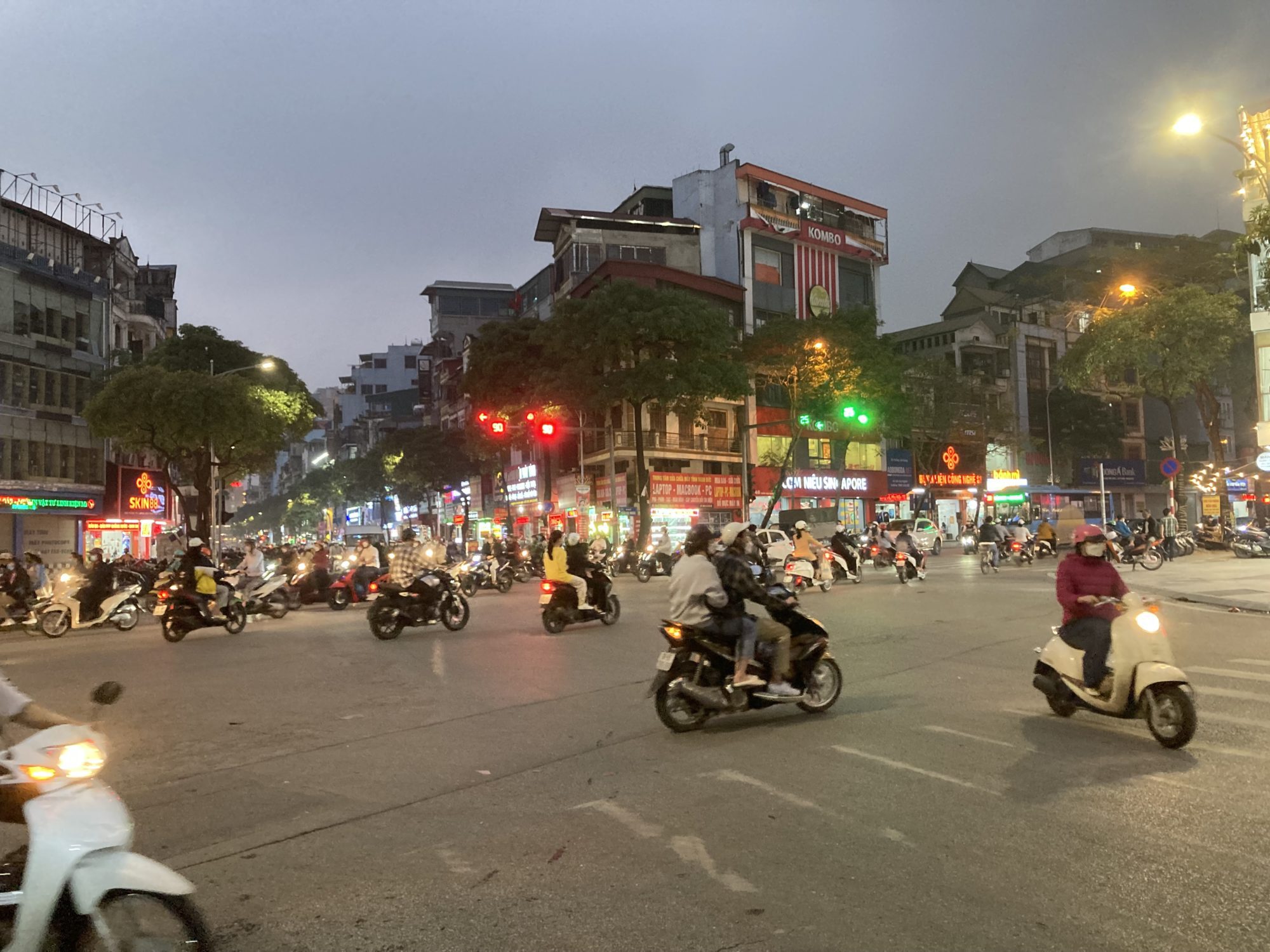Briefing
Using policy and regulation to pave the way for two-wheeler electrification in Vietnam
As part of its effort to reduce GHG emissions and air pollution, Vietnam is working to clean up its fleet of two-wheelers (motorcycles and mopeds, 2Ws), the dominant transport modes in Vietnam. With more than 58 million motorcycles and mopeds registered in the country in 2018, two-wheelers account for 93.3% of all national motorized vehicles. These vehicles are responsible for the highest levels of traffic emissions among transport modes because of their dominance in vehicle fleets, low emission standards, and lack of regulations regarding inspection and maintenance. Fortunately, electrification of two-wheelers is a promising approach to reducing two-wheelers’ emissions and noise pollution, as they have zero tailpipe emissions and emit very low levels of noise.
This briefing reviews the existing policies, regulations, and standards related to two- wheelers in Vietnam; identifies gaps in policies, regulations, and standards that may hinder progress on electrification of two-wheelers; and provides recommendations to address these gaps. In addition, recommendations to reduce air pollution and fuel consumption of two-wheelers are also provided. The analysis also identifies the responsibilities of relevant agencies related to the electrification of two-wheelers.
We provide recommendations to facilitate e2W deployment and reduce two-wheelers’ emissions in Vietnam. Key recommendations are summarized here:
- Develop comprehensive regulations and technical standards related to e2Ws, charging infrastructure, battery swapping systems, and vehicle disposal and recycling of expired batteries
- Strengthen emission standards for ICE two-wheelers and quickly moving toward the Euro VI equivalent standards
- Regulate fuel consumption, CO2 emissions, or fuel economy standards on ICE two-wheelers
- Develop stronger national fuel standards and early adoption of low-sulfur fuel
- Regulate the use of energy labels on e2Ws
- Develop the roadmap for the adoption of e2Ws
- Develop policies to support e2W industry, its supply chains, providers and operators of charging infrastructures and battery swapping services
- Develop policies to support and encourage the ownership and usage of e2Ws

Two-wheelers at a busy intersection in Hanoi
Shifting from internal combustion engine (ICE) two-wheelers to e2Ws could also play an essential role in cutting GHG emissions, reducing air and noise pollution, mitigating climate change effects, meeting the net-zero emission target by 2050, and building a more sustainable transport system in Vietnam.
